Maybe, we tell ourselves, our belly fat is a sign that we’ve failed.
Or maybe, it’s just a sign that we’re getting old.
What's in the Book?
The Whole Body Reset includes:
- Scores of recipes and snack suggestions
- A guide to dining out
- A 10-day jump-start plan
- A fitness plan that requires no equipment
Through March 31, 2025, enjoy 25 percent off The Whole Body Reset paperback, developed by AARP, when purchasing from the publisher. To redeem, click here* and use promo code AARP25 at checkout.
If you’ve ever felt that way, well, I’m right there with you.
For most of my life, managing my weight was easy. In fact, weight loss was practically my career: I’ve researched, written about, and followed just about every diet trend of the past several decades. I’ve broken gluten-free bread with tennis champ Novak Djokovic and broken a sweat alongside race car driver Danica Patrick. I’ve followed Paleo, low-fat, low-carb, vegetarian, vegan, and anti-obesogenic diet plans. I’ve intermittent-fasted, I’ve cleansed, I’ve gone organic and sugar-free. I spent nearly two decades working at Men’s Health, where we practically invented the word “abs.” And for most of that time, I edited the highly successful Eat This, Not That! franchise, first as a food column, then as a book series, and then as its own magazine and website. I’ve overseen more than two dozen New York Times bestsellers in the diet and nutrition field as an author, editor, or publisher.
In other words, if you can eat it, I’ve probably written a book on it.
Then, a few years ago, two things happened. First, I turned fifty. Then I joined the staff of AARP.
As executive editor, I oversee health and wellness coverage for AARP The Magazine and the AARP Bulletin. When our nearly 38 million members write in with their health and fitness concerns, I’m the guy whose in-box gets flooded. And among our members, one worry pops up over and over: “I used to be thin. Now I’m overweight. And there doesn’t seem to be anything I can do about it.”
That’s how I felt, too. I was eating the same way I always had, enjoying the same healthy, balanced diet that had kept me in size 32 pants well into my forties. But my old clothes weren’t fitting anymore, my belly was getting larger, and my old way of eating and exercising wasn’t cutting it.
As a health journalist, I knew that this new front porch was doing more than making me look bad; belly fat is dangerous. Unlike the subcutaneous (“under the skin”) fat you can pinch between your fingers, our belly, or visceral, fat sits in our abdominal cavity, coating our major organs. As it grows, it generates inflammatory compounds, substances that have been linked to arteriosclerosis, asthma, autoimmune diseases, Alzheimer’s ... and that’s just the As. You can add an increased risk of colon, breast, and prostate cancers, type 2 diabetes, stroke, and heart disease to that list. The emergence of COVID-19 put an even finer point on it, as belly fat’s sniveling little sidekick—chronic inflammation—arose as one of the top risk factors for coronavirus complications. Being overweight can even increase your risk of taking a fall or dying in a car accident. Bottom line: If it can kill you, there’s a good chance belly fat plays a role.
What I needed was a program designed specifically for someone my age—a smart, easy, effective eating plan for a person at midlife and beyond. So I looked around, and I discovered ...
There’s not much out there for people our age. For all the countless diet programs that claim to “shred” fat, “melt” our bellies, and “supercharge” our metabolisms, few if any are designed to target the specific needs of people at midlife and beyond. Modern diet and weight-loss programs—including popular programs like the South Beach Diet or Whole30, as well as proven, healthy nutrition plans like the Mediterranean diet—have been developed and targeted to the general public. Despite the significant changes that occur in our bodies as we age—particularly in our hormonal, structural, and digestive systems—no program existed to address the specific needs of people our age.
Even the U.S. government has left people fifty and older in the lurch. The 2020–2025 Dietary Guidelines for Americans—which informs everything from food packaging to agricultural policy—includes specific recommendations for every age category: for toddlers, teens, young adults, and folks in their twenties, thirties, and forties, broken out by gender, and carefully curated up to age fifty. But there, the Dietary Guidelines drops us like hot potatoes. Indeed, there’s just one additional set of guidelines for men and another one for women, and all they say is “51+.” As far as the government is concerned, outside of recommending more calcium and vitamin D after age seventy, the daily nutritional goals are the same for a fifty-one-year-old woman and her seventy-five-year old mom.
Does that seem right to you?
Many experts who study the nutritional needs of people fifty and older believe the current guidelines are so far off, they’re potentially unhealthy—a recipe for weight gain. And the most surprising fact of all is that there’s plenty of science available to show exactly how we should eat to prevent age-related muscle loss, reverse age-related weight gain, and, most important, preserve our long-term health.
It’s called “protein timing.”
Protein timing is a way of eating that’s deceptively simple but has been shown in study after study to halt age-related weight gain, preserve lean muscle, and turn back the tide of what we’ve come to think of as “natural” decline.
But the word just isn’t getting out.
I set out to change that. I’ve spent the past four years poring over hundreds of studies, talking to scores of researchers, and crunching numbers and ideas with my coauthor, nutritionist and exercise scientist Heidi Skolnik. Now, backed by the mighty resources of AARP, the guidance of a panel of top health experts, and the enthusiastic participation of AARP staffers, I’ve built the first tested and proven, science-based weight-loss program designed specifically for men and women at midlife and beyond. It’s the Whole Body Reset, and it’s exactly what we need at this stage in our lives.
A Weight-Loss Plan for the Rest of Us
The Whole Body Reset applies up-to-the-minute weight-loss science—drawing from research primarily conducted not on animals, not on the general public, but on people our age. (Because our bodies are different, and a study of a food’s effects on yeast, fruit flies, rodents, or twentysomething athletes is not the same as evidence of its effects on our prime-years physiques.) It reveals how protein timing—eating protein in the proper amounts throughout the day—triggers older bodies to spurn fat gain and hold on to lean muscle tissue. This approach, coupled with plenty of fiber, vitamins and minerals, and healthy fats, can help us not only to reshape our bodies, but to reshape our very lives. It’s the foundation of the Whole Body Reset.
This program isn’t low-carb or low-fat, it doesn’t require calorie counting or periods of food restriction, and it doesn’t eliminate any particular food category. But once you know how to do it, and incorporate it into your daily life, it can strip away as much as nineteen pounds in just twelve weeks—with the vast majority of those pounds coming from pure fat—while preserving muscle mass, maintaining metabolism, and positively impacting blood pressure and other critical markers of wellness. It can even significantly reduce your risk of many of the chronic diseases of aging, enhancing the overall health of both your body and your brain.
And the Whole Body Reset is easy.
- We can eat what we want: There’s no weird science that says we can’t eat certain food groups like beans, or tomatoes, or bread, or milk, or whatever it is we crave. This plan isn’t low-carb, or lowfat, or ketogenic. No foods are required, no foods are off-limits. There are no calorie-counting charts to follow or measurements to take. Nor does the Whole Body Reset require you to eat foods that don’t fit your lifestyle or suit your body—whether you’re gluten free, vegetarian or vegan, or simply hate eggplant, you’ll find you can eat well on the Whole Body Reset.
- We can eat real, normal, everyday foods: There are no special products or expensive supplements or exotic “superfoods”—just great, delicious food you’ll find at your local supermarket and favorite restaurants. (Yes, even fast-food restaurants!)
- We can eat when we want: We don’t have to fast or cleanse, or restrict ourselves to “on” or “off” hours or days. There aren’t any tricky phases to navigate.
- This program is safe, healthy, and effective, and approved by top researchers in the fields of aging, nutrition, and weight management.
To prove just how effective this plan is, AARP solicited employees ages fifty to seventy-five to take part in the first national pilot of the Whole Body Reset. More than one hundred employees embarked on a twelve-week health journey designed to stop, and even reverse, age-related weight gain and muscle loss. Even as they ate and exercised to build and preserve muscle mass, participants reported an average weight loss of more than five pounds, with one in three losing ten pounds or more. In the coming pages, you’ll meet some of these folks—people just like you and me—and discover how easy it was for them to tweak their diets and earn life-altering results. The Whole Body Reset works. It worked for me. It worked for our exclusive AARP test panel.
And it can work for you.
P.S. Take the action! During our hugely successful Whole Body Reset pilot, we sent our panelists weekly, two-minute exercises designed to help them turn the ideas in this program into simple but life-changing steps toward taking back control of their health. You’ll find these “action steps” at the end of each of the first twelve chapters in the book. So grab a pencil and give them a try: They’ll make your journey even easier!
— The Whole Body Reset at a Glance —
Number of meals: 3 (breakfast, lunch, and dinner)
At least 25 grams of protein at each meal for women, at least 30 grams for men. Each meal will include at least 5 grams of fiber. (Don’t worry, this is easy!)
Number of snacks: 1–2
Each snack will give you an additional 7 or more grams of protein and 2 or more grams of fiber.
Foods to focus on:
- Animal and plant proteins. Lean meat, fish, poultry, eggs, nuts, and beans all figure in our daily protein strategy, although you can reach this goal even if you follow a strict vegetarian or vegan lifestyle (we’ll show you how)
- Dairy. You’ll gain additional benefits if a portion of your protein intake comes from dairy foods, which will give you crucial muscle-building, disease-fighting nutrients like calcium, vitamin D, and magnesium. Can’t tolerate lactose? We’ve got you covered (see page 64).
- High-fiber grains, cereals, beans, and nuts. Potent fiber sources, these plant foods will keep your energy high and help support fat fighting, muscle maintenance, and gut health.
- Colorful fruits and vegetables. You need to eat more now that you’re a little older. As we age, our ability to extract nutrients from food diminishes, so it’s important to snack on lots of colorful plant foods throughout the day, giving you fiber as well as vital minerals, vitamins, and other nutrients.
- Healthy fats and oils from omega-3-rich seafoods, nuts, olives, and avocado. Two servings a day will help keep you lean and sharp.
- Calorie-free drinks. The Whole Body Reset promotes increased consumption of water, still and sparkling—try it with a slice of fruit!—as well as unsweetened tea and coffee.
Secret weapon: Protein breakfast smoothies. The easiest, most efficient way to make every day a muscle-building, fat-burning day.
Foods to avoid: Highly processed foods and calorie-laden drinks. (Don’t worry—you won’t feel deprived! You can still find plenty of ready-to-eat treats in your local market or online store. See Chapter 8 for the amazing Magic Supermarket Label Decoder.)
Exercise: Whatever fits your lifestyle and your body—walking, running, biking, hiking, dancing in the kitchen—along with some strength and resistance training. Shoot for about thirty minutes a day, about five days per week. (We make it easy to do and easy to fit into your day—see Chapter 12, Your Whole Body Fitness Plan.)
Phases, restrictions, specific meal timings, “superfoods,” and gimmicks: None.
***
Video: 'The Whole Body Reset' Authors Discuss Practical Health Advice


































































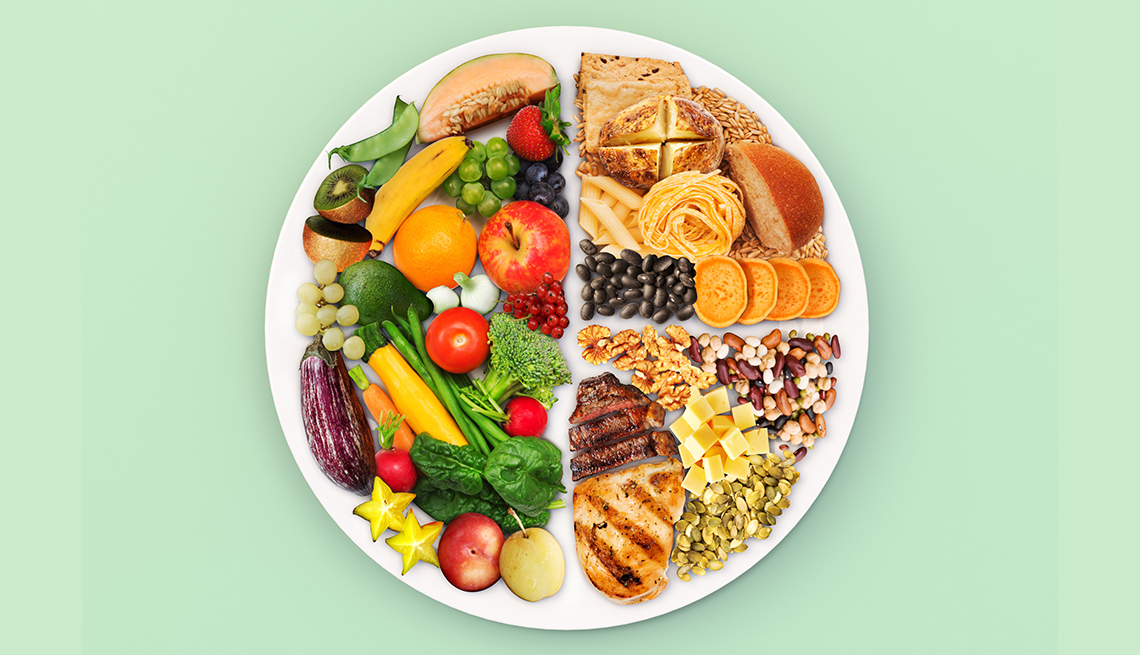
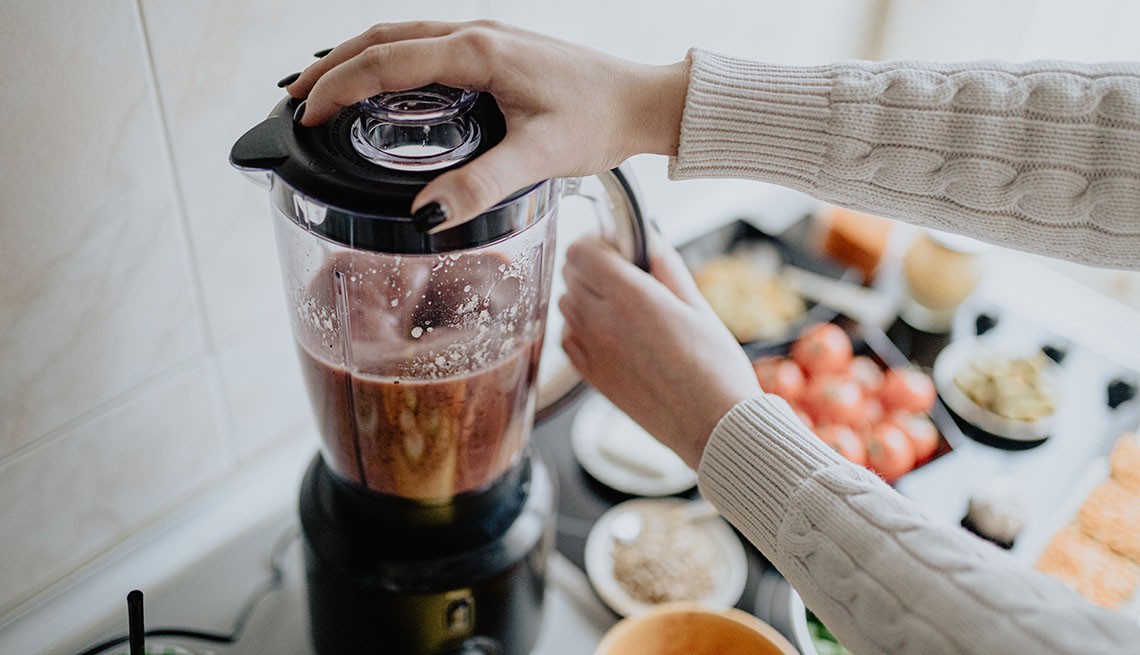
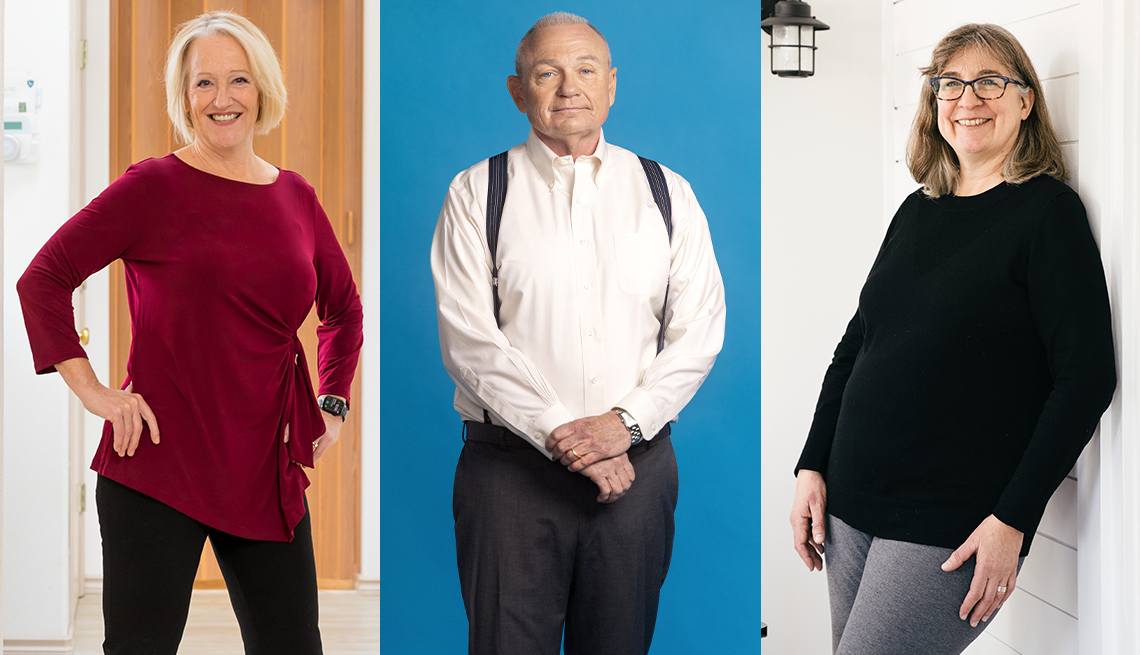
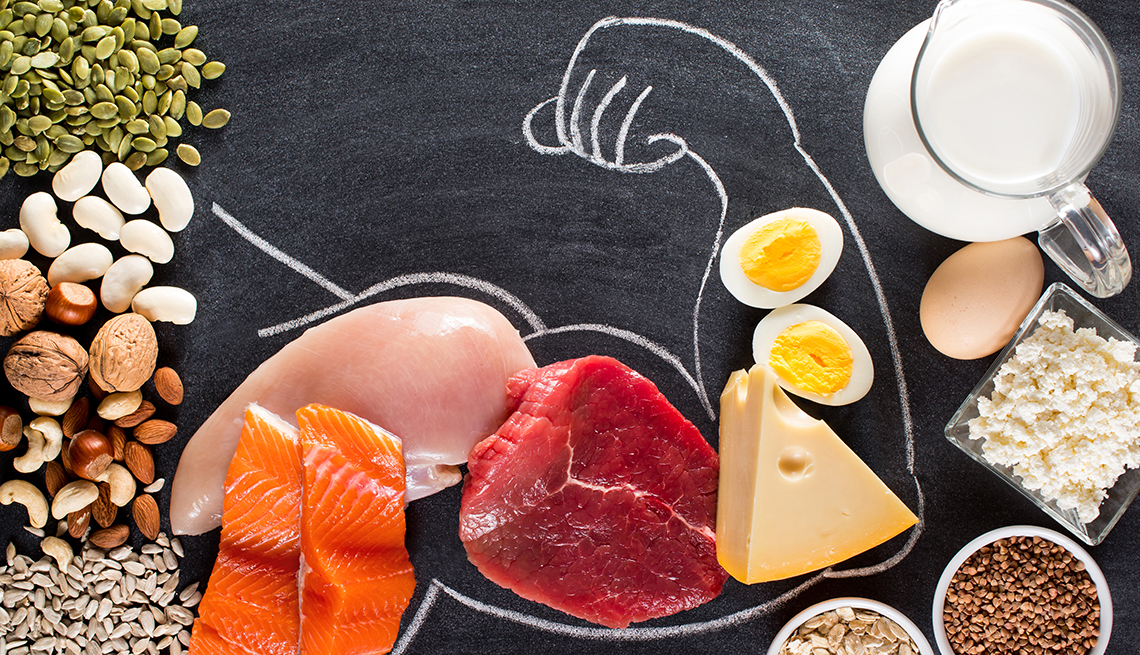
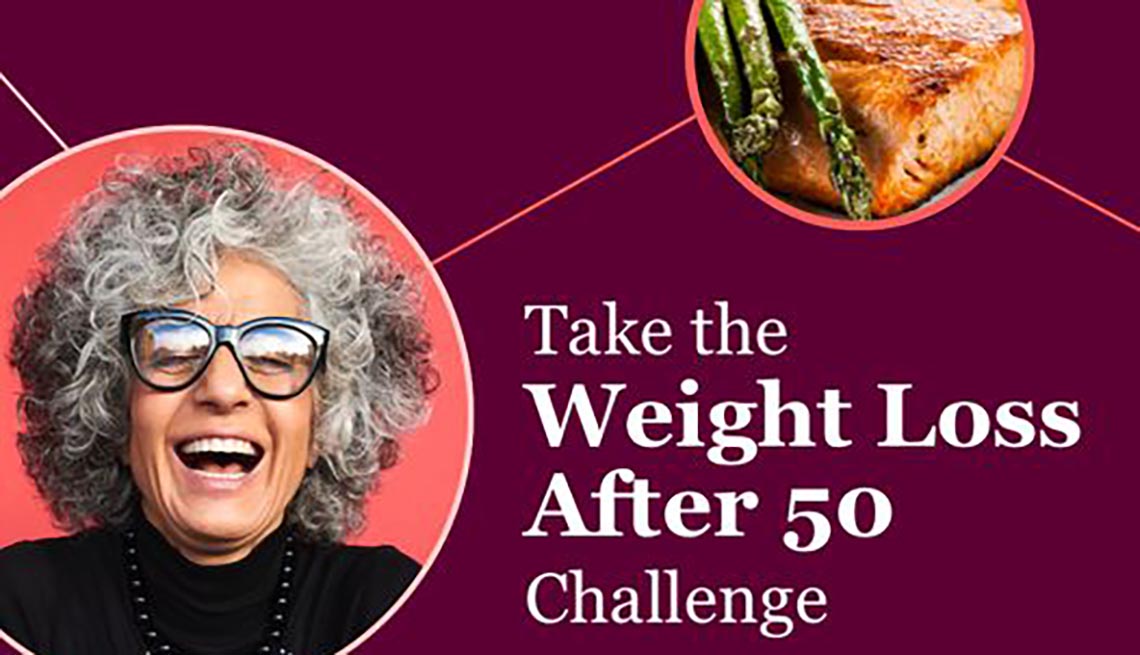
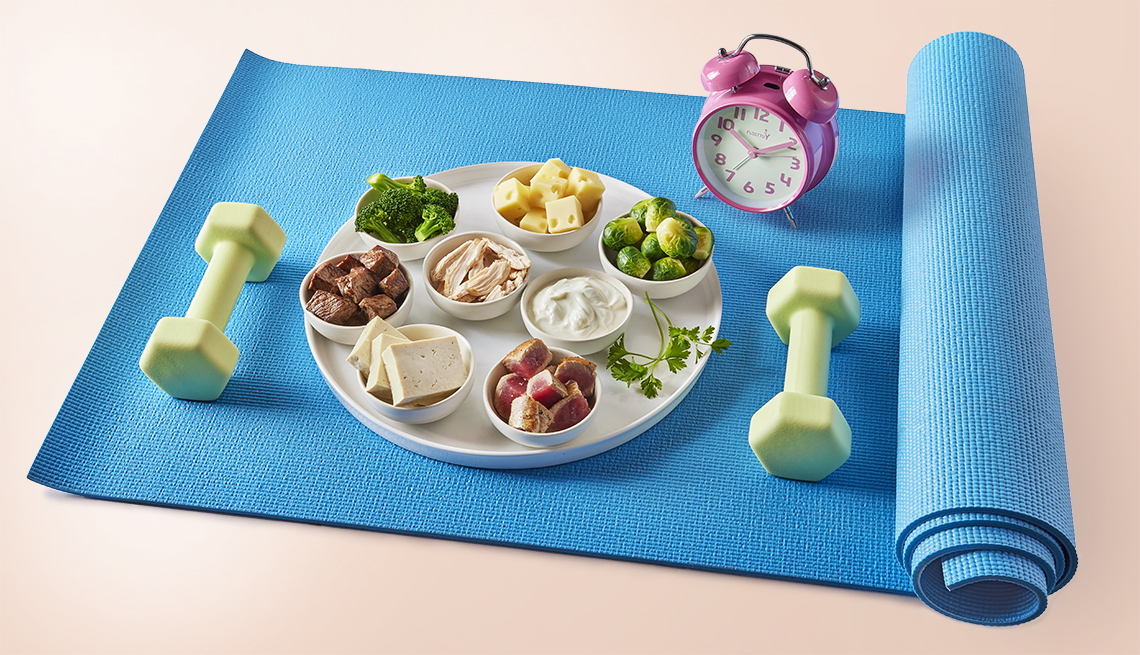
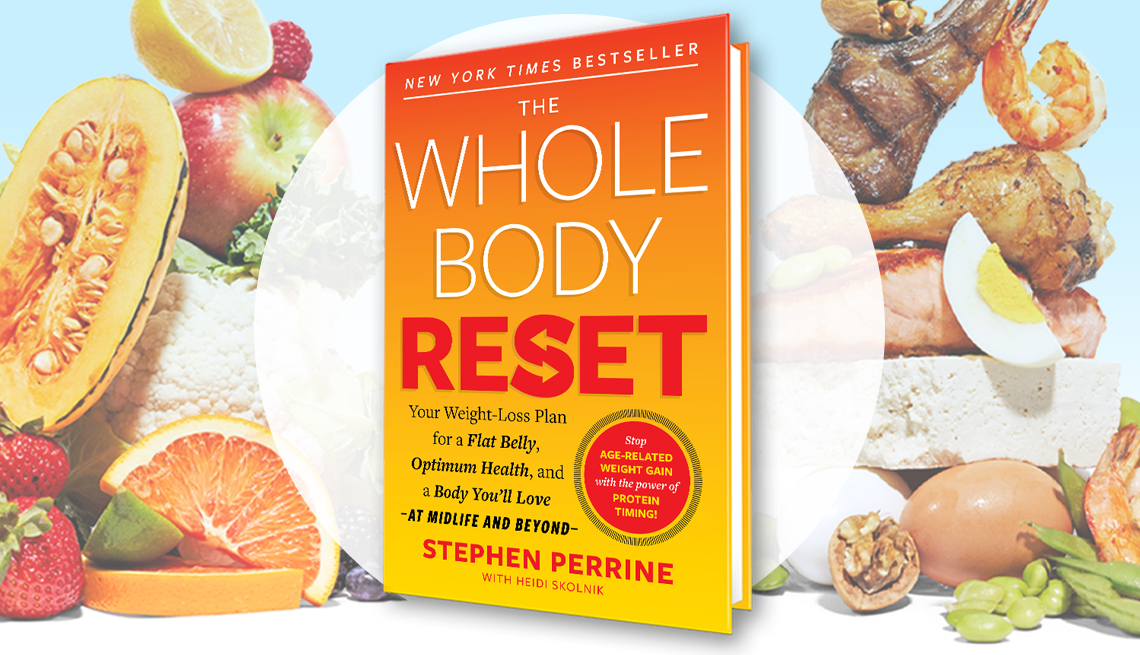





More From AARP
AARP Smart Guide to Healthy Habits
Small changes can add up to big mental and physical results
Gladness Gurus Share Top Tips for Finding Happiness
These strategies can help make every day more fun, festive and fulfilling
Free Books Online for Your Reading Pleasure
Gripping mysteries and other novels by popular authors available in their entirety for AARP members